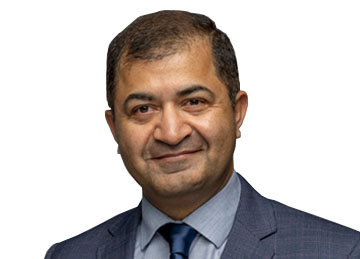
Abdur Sharjeel
Overview: Energy is a core pillar of both economic development and sustainability, and in Saudi Arabia’s Vision 2030, the transition to clean and efficient energy is paramount (the Kingdom aims to generate 50% of its power from renewable sources by 2030). BDO’s Sustainable Energy solutions help clients navigate this energy transition by optimizing energy use, incorporating renewables, and advising on energy policy and finance. We offer energy efficiency solutions that identify opportunities to reduce energy consumption and costs in industrial processes, buildings, and infrastructure. Through detailed energy audits and cost-benefit analyses/models, we pinpoint improvements in areas such as HVAC, lighting, insulation, industrial processes, and more, yielding both cost savings and emissions reductions. In parallel, we assist with Demand Side Management (DSM) strategies, implementing measures that shift or curtail energy usage during peak times, thereby improving grid stability and lowering energy expenditures.
Our team also provides Energy Policy, Finance, and Regulatory Advisory services. This includes guiding companies and government entities on renewable energy incentives, tariffs, and compliance with regulations, as well as evaluating the financial viability of clean energy investments or energy-saving projects. We help organizations structure and obtain financing for sustainable energy projects (through green loans, ESCO models, public-private partnerships, etc.), ensuring alignment with emerging standards (like green taxonomy and sustainable finance criteria). On the renewable energy front, BDO supports distributed renewable energy adoption – from rooftop solar PV installations for facilities to setting up mini-grids for remote or off-grid applications. We also advise on projects to enhance energy access in underserved areas, leveraging innovations like solar home systems or hybrid microgrids.
At a strategic level, we work with clients to develop comprehensive energy strategies and market assessments. This involves analyzing energy supply options, market trends, and future scenarios to craft energy plans that are reliable, affordable, and sustainable. For example, we might formulate a roadmap for a corporation to source a significant portion of its electricity from renewables or to invest in energy storage solutions. We also assist public sector agencies in planning regional energy transitions, aligning with both economic goals and climate commitments. By adopting sustainable energy solutions, organizations not only reduce their carbon footprint but also increase energy security and operational efficiency, positioning themselves for long-term success in a low-carbon economy.

Abdur Sharjeel